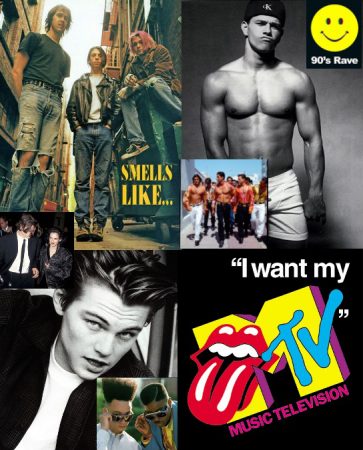
The end of the 20th century was a vibrant time in the fragrance industry and the millennium closed with an explosion of new launches. From the excess of the 1980s to the optimistic 1990s, new fragrance launches more than quadrupled. Fragrances for men have always been eclipsed by their feminine counterparts, but lest we forget how these two decades made it exciting to be a man in search of a new scent when American designer fragrances came into their prime, innovative new ingredients continued to expand the perfumer’s ability to express their ideas, and a renaissance man emerged, unafraid and curious to explore the world of scent.
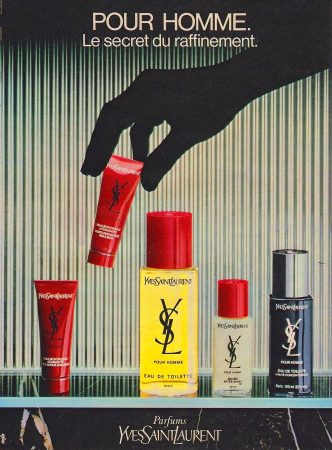
I remember my first foray into fragrances during the early 1990s. I bought a bottle of Yves Saint Laurent Pour Homme at age 16. Wearing it, I felt invincible, even though I applied my fragrance at high school like a deodorant spray. I knew this wasn’t how eau de toilette was worn but spritzing in the locker room was an open invitation to be bullied by the other boys. We never appreciate the time we are living in until we reach the point of hindsight, and looking back, the 1990s were formative years for both men’s fragrances and adolescent me.
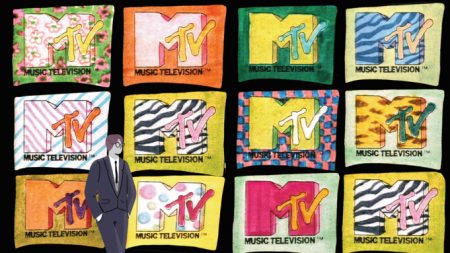
They were colorful times, the MTV era. Moving on from the excess of the 80s, high fashion looked to the streets for inspiration. The influence of hip hop and grunge culture could be seen on designer catwalks from New York to Paris. The trickledown effect to designer fragrances followed. The fougère, a harmony of citrus, lavender, woody notes and coumarin, a synthetic molecule that smells like tonka bean, has always ruled men’s fragrances. In the same way orchestras recite Mozart, each with their own idiosyncrasies, the fougère has been iterated countless times by perfumers; it is still the sonata of masculinity in scent. This essential accord was given a makeover throughout the 1980s and 1990s.
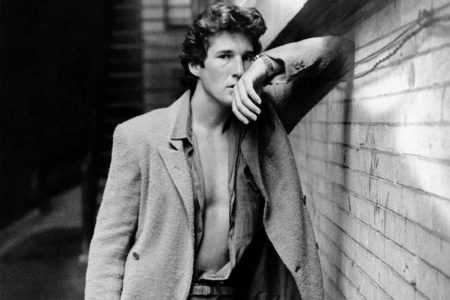
Richard Gere wears Armani in American Gigolo
Fougères of previous decades had a formal elegance that matched the sartorial style of the gentleman who wore them. In the same way Italian designer Giorgio Armani liberated men’s tailoring, using more relaxed fabrics and unstructured silhouettes (which set the tone for the decade after Richard Gere was dressed by Sig. Armani for the actor’s 1980 movie American Gigolo) the fougères that trailblazed had the same relaxed yet refined impact, like Armani Eau Pour Homme (1984) and Davidoff Cool Water (1988).
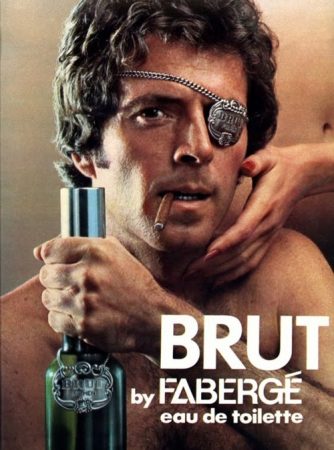
Another trope these decades had a hand in dismantling was the macho stereotype marketing executives had grown to rely on to promote men’s fragrances. Fabergé’s Brut (1964) was ingenious, blending the sophistication of champagne and a hypermasculine ideal. Brut gave men permission to buy their own fragrance without their masculinity being diminished. “If you have any doubts about yourself, try something else,” was the advertising punchline.
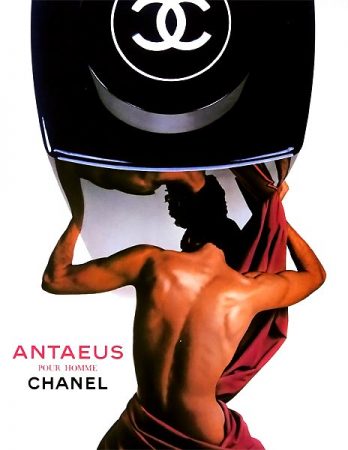
After Yves Saint Laurent Kouros and CHANEL Antaeus were launched in 1981, men’s fragrances began to shift towards a more contemporary view of masculinity, instead of ancient mythologies. The mood softened and following the physical fitness revolution, men were more comfortable with their bodies, and awareness of personal grooming increased as more women joined them in the workforce. By the late 1980s, men’s fragrance was a $1.5 billion industry. While men used to account for 10% of those sales, that figure had increased to 40%. Fragrance houses saw opportunity and were willing to take greater creative and financial risks.
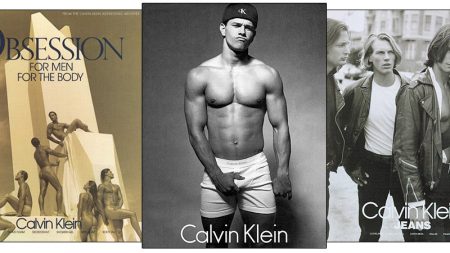
One year prior to Karl Lagerfeld’s legendary hip hop inspired CHANEL runway show of 1991, the French couture house launched Égoïste. The men’s fragrance market was getting crowded and designer brands needed to stand out from their competition. Calvin Klein’s Obsession For Men (1986) was a natural adversary since both fragrances were based on notes of spices, woods and warm amber. Égoïste was launched with a multi-million-dollar marketing campaign. Director Jean-Paul Goude’s surreal 38 second television advertisement used a million from the budget.
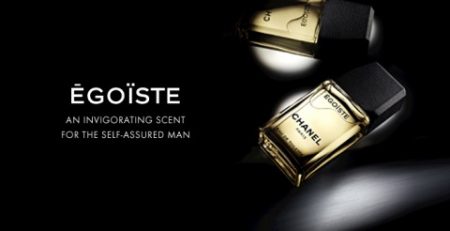
CHANEL Égoïste is one of my all-time favorites. In the same way one might assemble a soundtrack of their life on Spotify, for my fragrance equivalent, Égoïste is at the top of my perfumed playlist. Creator and master perfumer Jacques Polge couldn’t have said it better when he spoke about Égoïste in a 2010 interview: “It was so new and singular – and still is.” Like an addictive melody you can listen to endlessly, I have worn Égoïste devotedly since the mid-1990s. I never tire of the way it elegantly swings from sweet citrus notes to spicy aromatic notes, before settling on sandalwood, ambrette and vanilla. With rose, it was overtly floral for its time, which attracted a fair share of female wearers long before niche perfumery broke down the barrier of gender in fragrances. Despite Égoïste being such a trailblazer, its commercial success was moderate, and advancement in fragrance chemistry would cement the way most of us remember the final years of the century.
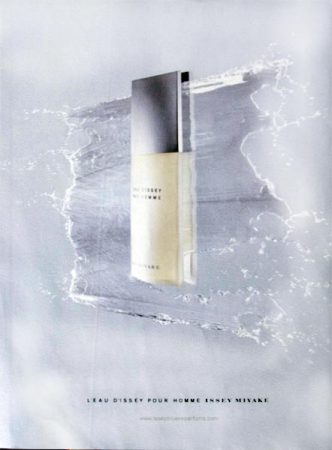
The scent I wore the night I said goodbye to 1999 and hello to the Y2K millennium was Issey Miyake L’Eau d’Issey Pour Homme, a landmark fragrance that would carry over from one century to the next. Pfizer patented Calone in 1974. The new molecule sat on laboratory shelves for years until perfumers found a plausible use for it in fine fragrances. Long-lasting and diffusive with an odor that straddles fresh-cut watermelon and ocean breezes, Calone offered a novel freshness that could be perceived from the top of the fragrance to the base. It became a star ingredient that consumers couldn’t get enough of and neither could the fragrance houses. A wave of new releases ensued.
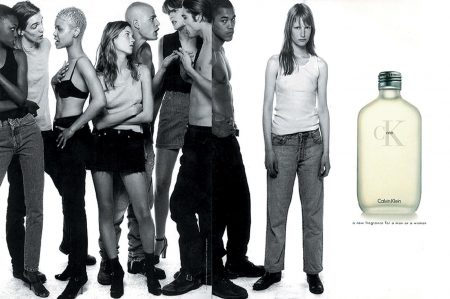
Kenzo Pour Homme (1991) initiated the Calone trend epitomized by ozonic, marine notes in men’s fragrances. After L’Eau d’Issey Pour Homme (1994) came Giorgio Armani’s hugely successful Acqua di Giò (1996). I remember marveling at how fresh these fragrances made me feel. I loved the sheer radiance they offered, a feeling I also experienced with Calvin Klein’s bergamot and green tea infused cK One (1994). While fragrances of the 1980s promoted feelings of strength, power and wealth, the 1990s closed the century with feelings of unity, tranquility and venturing beyond paradise.
Utopian as those sentiments may be, it’s these memories of the 1990s that brought me great comfort during the challenging year that was 2020.
–Clayton Ilolahia, Contributor
images courtesy of the brands
